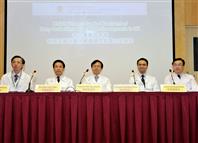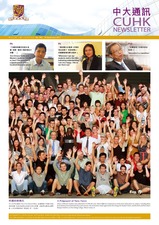Tardive dystonia is a movement disorder caused by the use of neuroleptic medications and the subsequent hypersensitive response of dopamine receptors in the deep brain. The disorder affects all four limbs and the whole body of the patients, with the head and neck being the most common and severely affected areas. Patients will suffer constant muscle pain and disabling limbs twitching, and at its advanced stage, will suffer significant morbidities, such as fracture of the cervical spine and ribs, leading to a state of complete dependence in daily activities.
Withdrawal of the offending neuroleptic medications and therapies relieving muscle clamp are the traditional treatment methods. However, the remission rate is low once it is developed. In December 2004, the Movement Disorder Group composed of medical professionals from the Division of Neurosurgery, the Department of Surgery and Division of Neurology, the Department of Medicine and Therapeutics performed the first successful Deep Brain Stimulation (DBS) surgery in Hong Kong.
In the surgery, two electrodes (each with a diameter of 1.2 mm) are inserted bilaterally into the globus pallidus of the deep brain with the stereotactic technique. Continuous electrical stimulation is delivered to the globus pallidus through a pacemaker implanted in the chest wall. Surgical treatment by DBS was reported effective in relieving the symptoms.
So far, a total of three patients with tardive dystonia had such surgery. All of them showed dramatic improvement after DBS. Both dystonia and pain were relieved. They could get out of bed and walk independently four days after the surgery; and they were able to return home and the community within three months. 


































































































































































Social Bookmarks